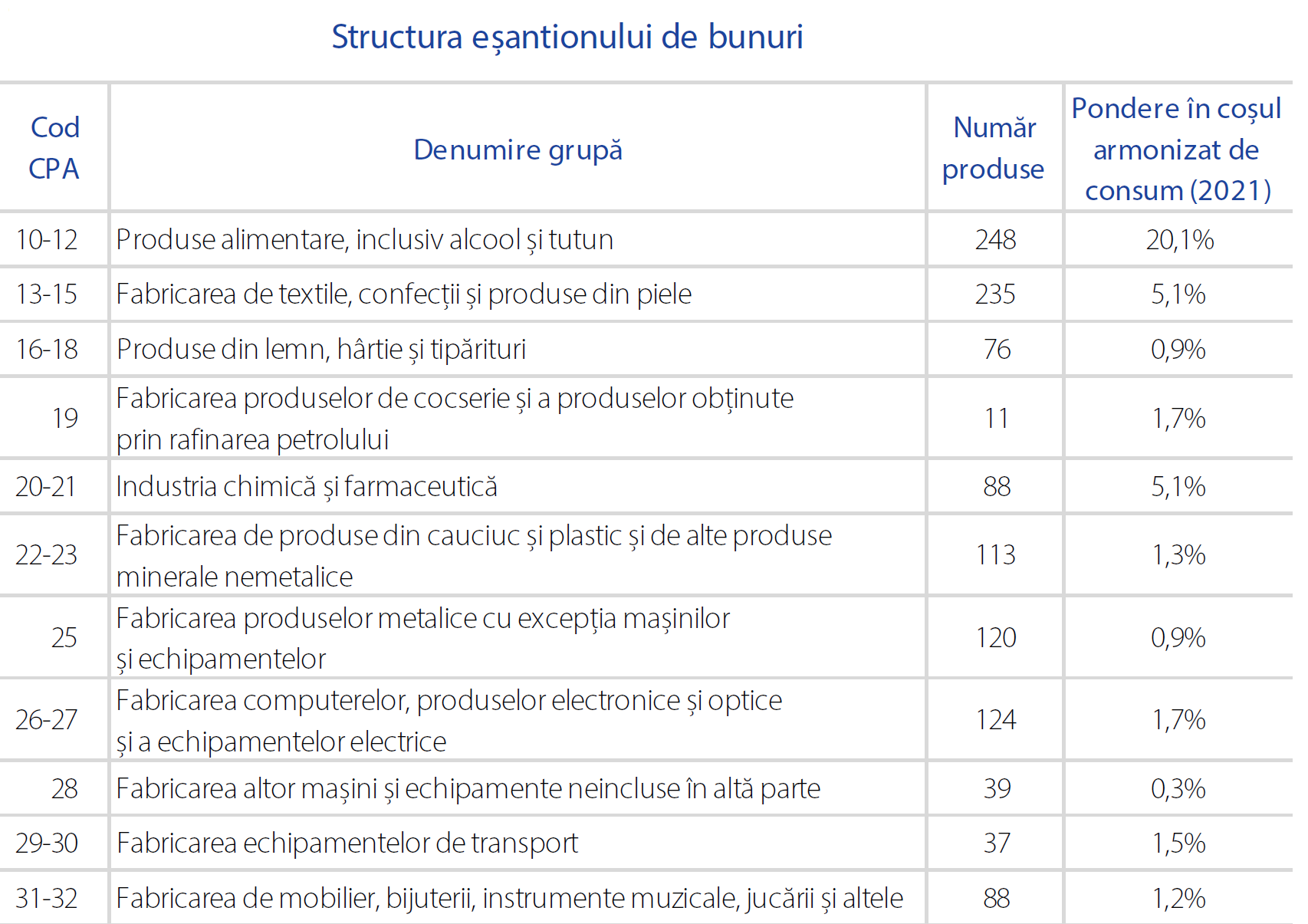
Over the past 4 years (2018-2021), imported food prices have been slightly lower than domestic food prices, especially in processed meat, fish, fruit and vegetables, sugar and textiles/footwear, according to the analysis. National Bank.
BNR analyzed the prices of about 1,200 products over 4 years and concluded that the average price of imported products was lower than that of domestic products, although there were exceptions.
At a more detailed level (by product group), import prices are higher for oil and bakery products, BNR analysis also shows. Imported milk prices are about the same as locally produced milk.
In light industry, import prices are even significantly lower than prices for domestically produced products.

For 60% of domestically produced food products, the pandemic has led to higher prices than imported products, with the BNR suggesting that this was due to the greater fragility of domestic supply chains compared to large international retail chains. .
Romanians, however, focus on the lowest possible price, somewhat surprised in the analysis of the National Bank, which noted that “although locally produced goods prevail, there is a constant increase in the preference for imports from year to year, underscoring the importance of the price factor in the consumption decision.”
In light industry, there is an obvious trend towards imports, hovering around 75% (slightly higher for clothing than for footwear).
In the case of non-food products, imports are usually more expensive (chemical industry, metal construction industry or automobile industry).
But despite the fact that they are more expensive than local ones, people prefer to buy imported ones, which, according to the authors of the analysis, indicates that domestic products do not meet the quality requirements of consumers.
In short, the domestic channel contributes about 40% to the inflation calculated in this way, while the import channel contributes between 50% and 60%, but the contribution of the latter is expected to be higher given the higher weight in the IAPC structure.
Finally, a counterfactual exercise was conducted, which aims to assess the decision to switch to consumption of imported or domestic goods. The results show that such a decision has mainly an impact on increasing inflation. In the case of a transition to consumption based solely on imports, the counterfactual inflation rate would exceed the actual one by a percentage of 2 to 14%.
Source: Hot News
Lori Barajas is an accomplished journalist, known for her insightful and thought-provoking writing on economy. She currently works as a writer at 247 news reel. With a passion for understanding the economy, Lori’s writing delves deep into the financial issues that matter most, providing readers with a unique perspective on current events.